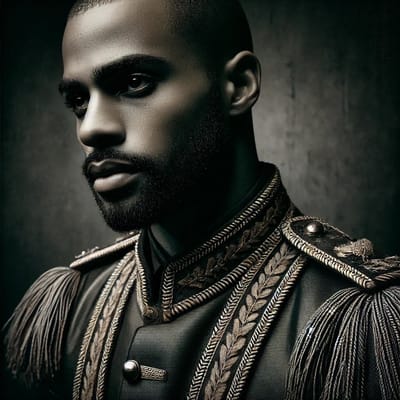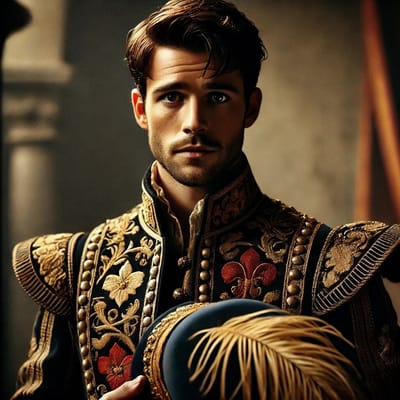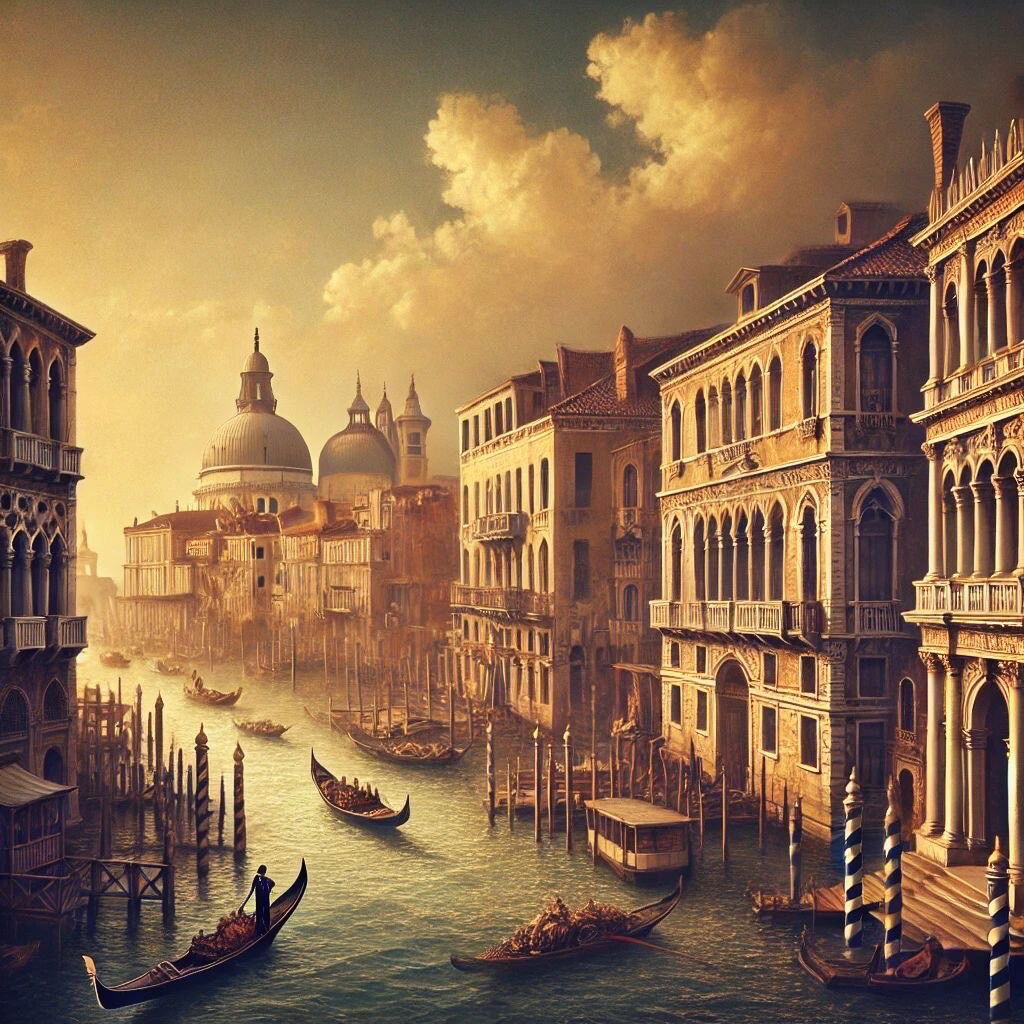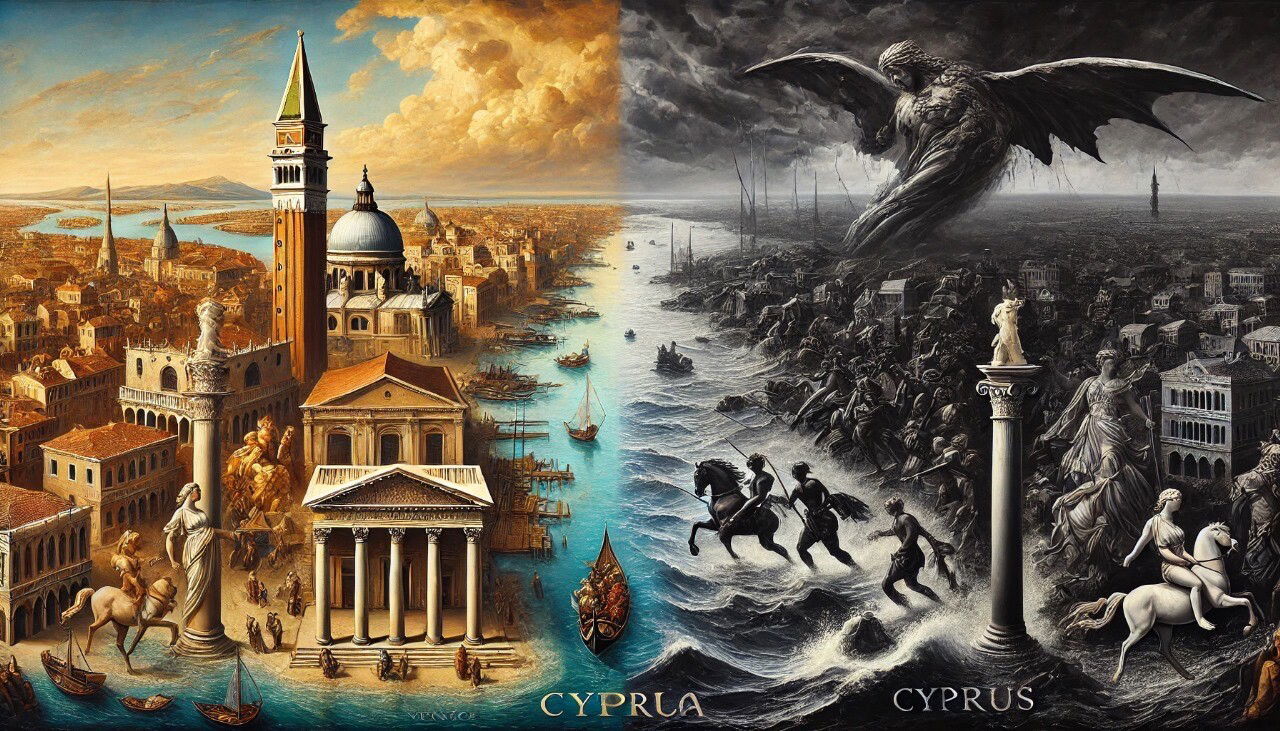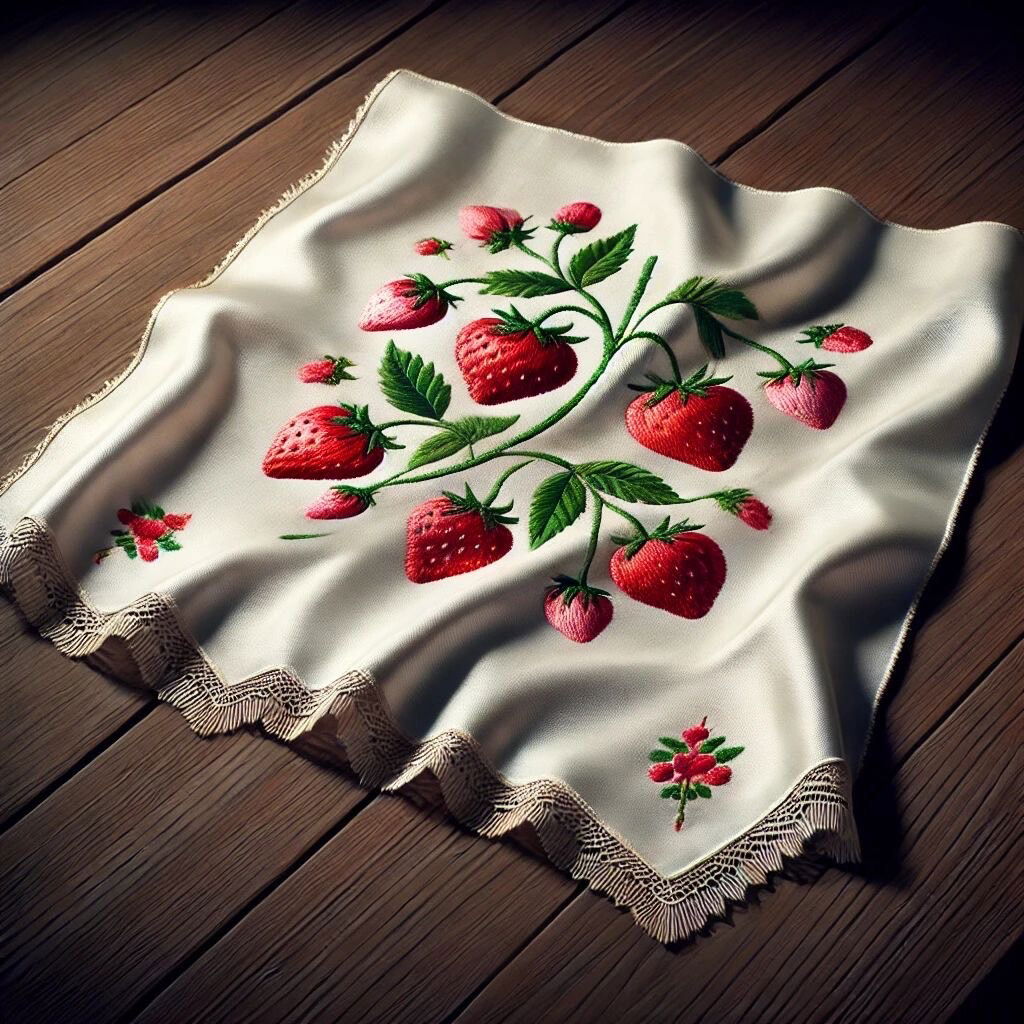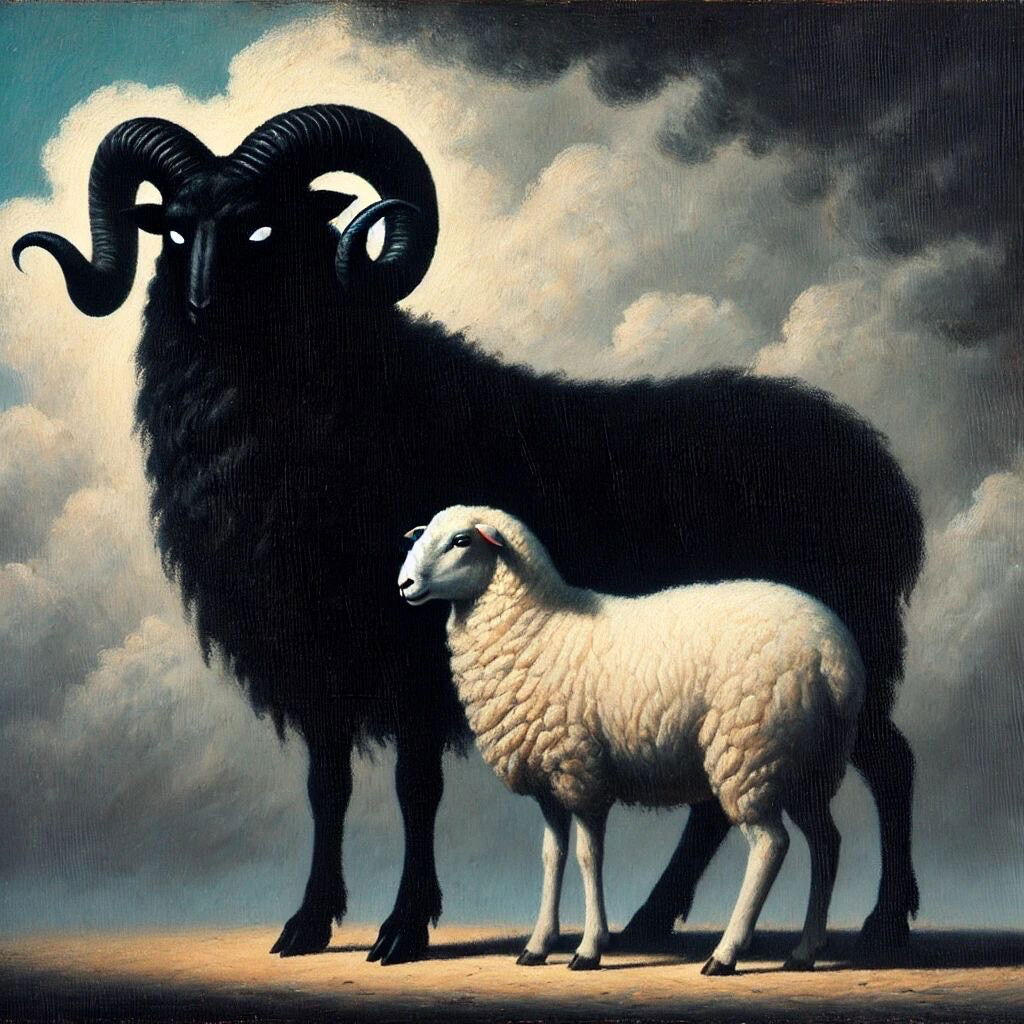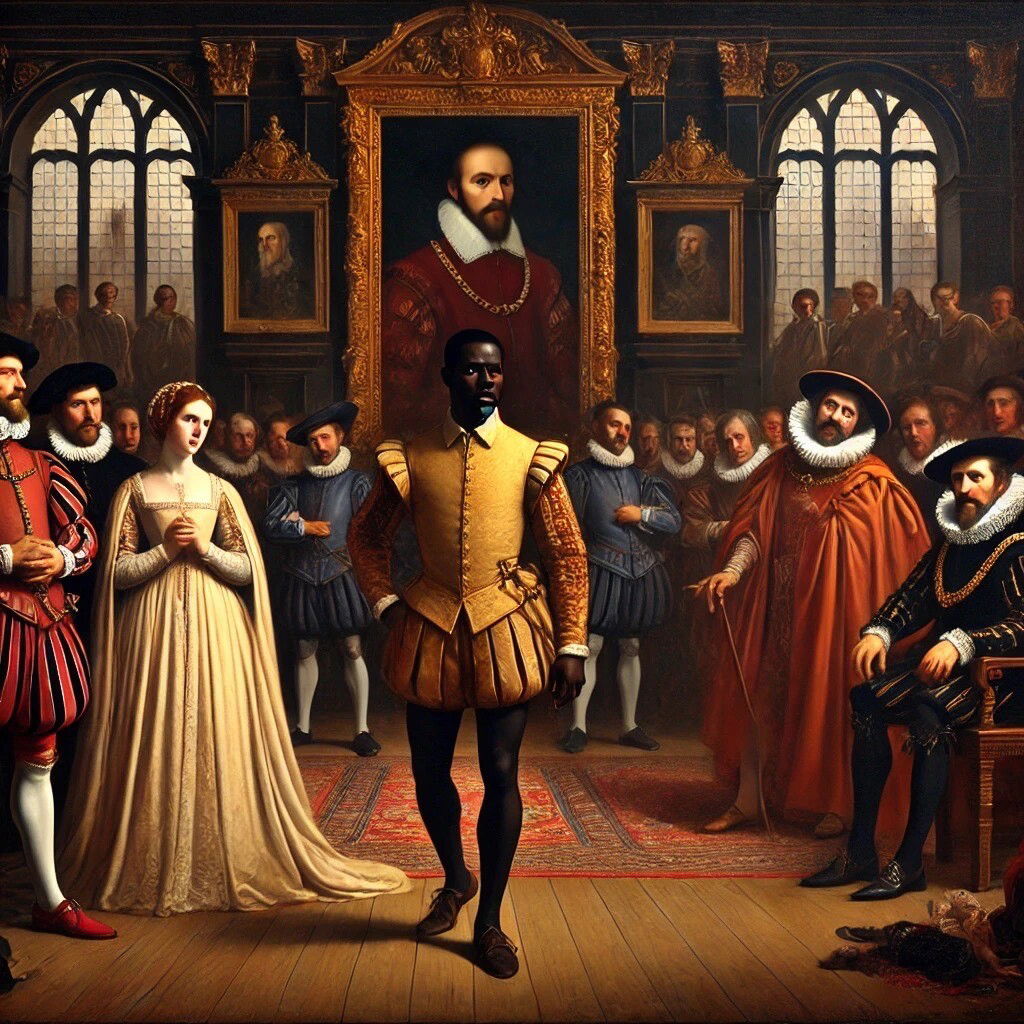
Elizabethan society was the society where every individual was characterized according to their place and every individual was place into different social structure where everyone has to obey the rules or laws for their structure. Elizabethan was predominantly white, and there were few people of African, Moorish, or non-European descent living there. Those who were different from the white majority were often seen as “outsiders”. People of any color except white was always discriminated and they were made slaves or part of their trade. In Othello, however Othello was a general but he was black which made him lose confidence and made him feel outsider in the white dominated society. The whites had greater power and dominance which caused racism all around the globe. Elizabethan society was patriarchal where men held most of the power, and women were expected to be submissive, obedient, and dependent on their fathers and husbands. Women were seen as weaker sex and where told to do household activities and stay at kitchen or raising a kid. They were also limited by education where women receive only limited education based of their social status. Only women from rich and noble families got education were as others were forced to obey their husbands and fathers. Class determined access to wealth, education, and opportunities. People at the top of the social hierarchy had significant control over those below them. In Shakespeare’s time, women had few right so interracial marriage like Othello and desdemonas was rare because that’s how the Elizabethan society was designed.
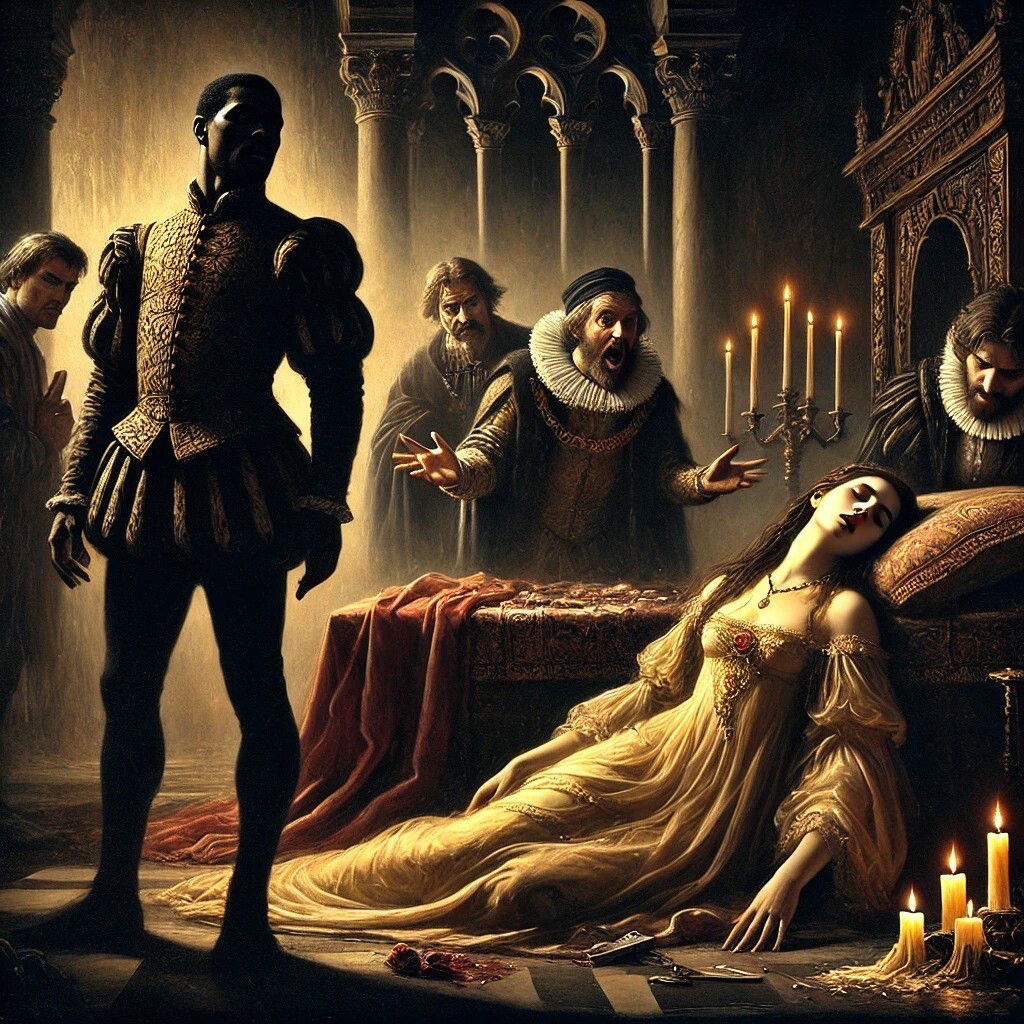
Othello is a story about love, jealousy, lies, and betrayal. It’s set in Venice and starts with Iago, a soldier who’s seriously mad at Othello, his boss. Why? Because Othello promoted another guy, Cassio, instead of him, and Iago’s feeling salty about it. So, he makes a plan to ruin Othello’s life. Othello is a respected general, but he’s Black (a Moor) in a mostly white society, and that already makes him stand out. Despite that, he’s married to Desdemona, a sweet, loving woman from a rich family. They really love each other. But Iago, full of jealousy and spite, decides to mess that up too. Iago starts planting seeds of doubt in Othello’s mind. He manipulates him by suggesting that Desdemona is cheating on him with Cassio. He even stages “evidence,” like having Cassio seen with Desdemona’s special handkerchief. Little by little, Othello’s trust in his wife breaks down, and he becomes more paranoid, angry, and consumed by jealousy. While this is happening, Iago is lying to everyone Othello, Cassio, and even his own wife, Emilia. He’s pulling all the strings, and things quickly spiral out of control. Othello finally confronts Desdemona, and even though she’s completely innocent, he’s so blinded by jealousy that he doesn’t believe her. Tragically, he ends up killing her. Right after that, the truth comes out Emilia reveals that Iago had set everything up from the start. Othello is crushed when he realizes what he’s done. Overwhelmed by guilt and grief, he takes his own life. Iago is arrested, but it’s too late. The damage is done. In the end, it’s a tragic story about how lies, jealousy, and mistrust can destroy people and relationships. It’s also a warning about the power of manipulation—and how dangerous it can be when you let jealousy take over.
